
Japan is a country that has many large scale natural disasters such as earthquakes and typhoons. Especially in 2018, there were many large natural disasters that affected foreign tourists visiting Japan.
There for, “LIVE JAPAN PERFECT GUIDE,” a tourist information service for foreign visitors to Japan, has provided the “Disaster Information Portal,” so foreign visitors can quickly understand the disaster situation and take necessary actions. It is available in 8 different languages.
We will go over the “Disaster Information-Centralized Site” in detail such as what type of information they have and how to use it. You can learn what kind of information you should know for when a disaster occurs.
Get Current Area Disaster and Transport Information! What You Can Do With the “Disaster Information Portal”
When a disaster occurs, the first thing to do is quickly evacuate to a safe area if it’s needed. Once you know you are safe, access the “Disaster Information Portal.”
The "Disaster Information Portal” has consolidated information that foreign visitors need during a disaster. It is offered in 8 languages of English, Chinese (simplified/traditional), Korean, Malaysian, Indonesian, and Thai, which should help many people navigate the site.
If you access the site with a smartphone or a tablet, you can even use the location information. By doing so you will be able to access disaster and transportation information of your current area.

You can connect to various embassies, emergency contact and call centers for foreign tourists, with one tap. You can also search for nearby Tourism Information Centers and medical facilities.
Measures taken in the event of an earthquake or typhoon, are described in detail in articles related to disaster prevention. It is probably a good idea to take a look at evacuation methods beforehand.
There is also the new function “Disaster Information Timeline” that was released the other day. It is a function where facilities listed in the “LIVE JAPAN” site can send out messages such as accepting those who have difficulty getting home and free Wi-Fi, in 5 languages (Japanese, English, Chinese (simplified/traditional), and Korean). With this foreign tourists can see when and who sent out the messages and get the latest and accurate support information around the disaster area, this allows access to detailed, nearby, and timely information which used to be difficult to acquire.
Let’s take a detailed look at the “Disaster Information Portal.”
It is mainly separated into “Basic Information” and “Disaster Information” tabs. There will be a red line under the tab that is open.

・Basic Information
The Basic Information will gather your location information from the smartphone or tablet, and a button to your areas disaster prevision page will automatically show. If you tap the button, it will show information about the current disaster.
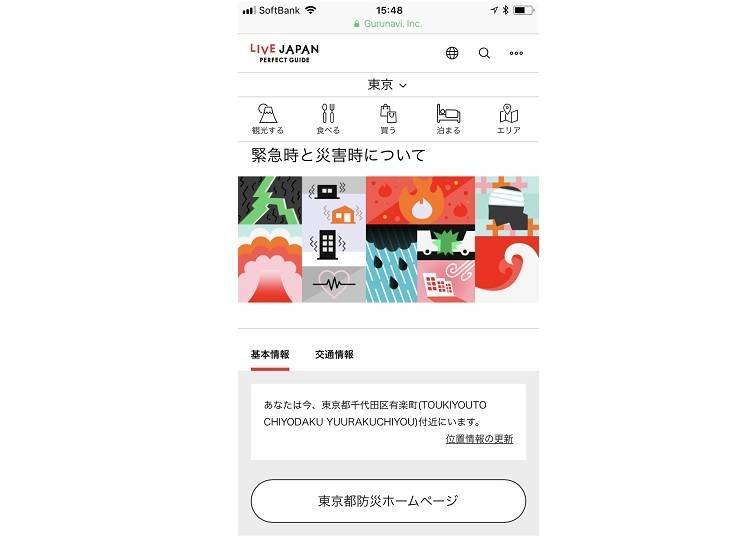
If it can’t gather your location information, try tapping the “re-acquire” button. If it still can’t gather your location information, see if your "location information” is activated on your device. However even if location information is on, there are times when the chrome browser can’t gather your location information.
Search for Disaster Prevention Page with Prefectures
If the location information is not working properly, you can look for the Disaster Prevention Page through the prefectures. From the pull down menu, select your current prefecture.
Search for an Embassy

Here you can find embassies of various countries. From the pull down menu, select the country you are looking for. After you select the country, the embassy address, phone number and a button to the official website will appear. If you tap the address it will show you the route from your current location. Also if you tap the phone number you can call the embassy directly from your smartphone or tablet device.

Japan National Tourism Organization (JNTO)
The Japan National Tourism Organization (JNTO) operates a call center for foreign travelers 24 hours a day, 365 days a year. If you tap the “call” button on the Disaster Portal, you can receive English, Chinese, Korean or Japanese support. In a case of an emergency you should call and request for information and support.
Emergency Contact Information
The emergency contact information will be displayed for different cases of “injured or ill,” “fire,” or “crime - incident.” By tapping the button you can directly call from your device. Fore illness, injury or fire it will contact the fire department (119), for crime or incident it will contact the police station (110).
For emergencies you can make calls from the public phones. To make emergency calls from public phones take the following steps.
(1) Pick up the receiver.
(2) Press the red button located towards the bottom of the front panel (if there isn’t a button, you can call without additional steps).
(3) Dial 119 for the fire department or 110 for the police department.
If you tap the “look for nearby public phones,” it will display a map of nearby public phones from your current position.

Disaster Information Timeline
The "Disaster Information Timeline" is a new function where facilities listed on LIVE JAPAN will announce the latest support information that can be used in the event of a disaster in multiple languages. The information will be announced in 5 languages of Japanese, English, Chinese (simplified/traditional) and Korean, to help create a safe and secure environment for foreign tourists visiting Japan who are in trouble during a disaster.
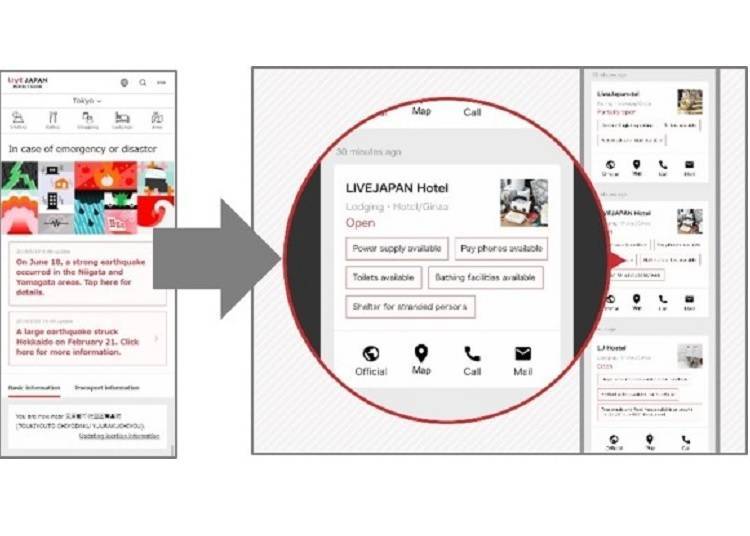
・Support Information Items announced by facilities during disasters (to be added in the future)
Support: Accepting people who have difficulty returning home, free Wi-Fi, computer, provision to special public telephones, cell phone charger rental, provide power supply, staff availability (English, Chinese, Korean, German, French, Italian, Russian, Thai), restroom open to public, provision of bathing facilities, provision of medical first aid
Product Sales: baby diapers, infant milk, sanitary items, toilet paper, cell phone charger, water (plastic bottles), portable warmers, cold weather jackets, instant noodles and canned food
Goods: Blankets, simple bedding, drinking water, food
Useful Information
In the Useful Information section you can find hospitals that accept foreigners. If you tap the “search for hospitals accepting foreigners” button, it will show the medical institution search page within the JNTO site. To search for a medical institution, enter or select
・Region (prefecture)
・Language
・Type of medical care
・Useable credit cards
・JMIP (Japan Medical Service Accreditation for International Patients) availability
・Emergency response
・Search by keyword
Then tap the search button.
Also you can find medical institutions at Tourism Information Centers. If you tap the Tourism Information Center at the Disaster Portal, you can find nearby facilities on the map.
・Transportation Information
It will display the current situation and if there are delays or cancellations for railways, airports, airlines and buses. If you tap the different modes of transportation, it will show your area and nationwide information in detail. From there you can select what you are looking for.
What if a Natural Disaster Occurs?

Here you can find measures in a case of a natural disasters such as “measures in case of an earthquake,” “measures in case of a typhoon,” and what kind of natural disasters Japan has and basic knowledge of disasters. We recommend checking this page to see what kind of basic items to have while traveling and methods of evacuation.
Other Links
On “Disaster Information-Centralized Site” there are links to other pages that are useful during emergencies.
Japan Meteorological Agency Website
It has weather information for the whole country. During a distaste the “disaster related information” is frequently updated.
Safety tips for travelers
An information site for foreigners to travel in Japan safely. The site lists communication cards and how to deal with emergencies. You can also download their convenient application.
Free Wi-Fi Information During Disasters
During disasters you can use Wi-Fi without charge. The link explains how to use the free Wi-Fi.
NHK WORLD – JAPAN
A 24 hours T.V. program by NHK in English, they also offer a radio program in 17 languages and Japanese.
・The Omamori Card Grants Quick Access When You Need It

The Omamori Card has a QR code of the “Disaster Information-Centralized Site,” and it is given out at Tourism Information Centers, airports, station and bus terminals. If you keep your Omamori Card in your wallet, you can quickly access the Disaster Portal in a case of a disaster.
Here are the locations where you can find Omamori Cards (random order)
■Tourism Information Center/ JNTO TIC (Marunouchi), JR EAST Travel Service Center (Tokyo Station, Shinjuku New South Exit, Shinjuku East Exit, Ikebukuro Station, Shibuya Station, Ueno Station, Hamamatsucho Station, Narita Airport Station, Narita Airport Terminal 2 ・3 Station, Sendai Station), Odakyu Sightseeing Service Center (Shinjuku West, Shinjuku South, Odawara), Seibu TIC (Ikebukuro), Toei Subway (Okachimachi), Tochomae Information Center, Tobu TIC (Asakusa, Ikebukuro)
■Airport/ inside Haneda Airport International Passenger Terminal, JTB Desk (Haneda Airport, Narita Airport and other domestic airports)
■Railway Stations/ Tokyo Monorail (Hamamatsucho Station, Tennozu Isle Station, Haneda Airport International Terminal Station, Haneda Airport Terminal 1 Station, Haneda Airport Terminal 2 Station)
■Bus Terminal / Seibu Bus (Ikebukuro Ticket Center, Tokorozawa Station East Exit Information Center, Omiya Station West Exit Information Center, Hato Bus Hamamatsucho check in counter) and others.

During large scale disasters such as earthquakes and typhoons, it is hard to determine when, where and the scale of damage it can cause. Therefore, when you visit Japan, make sure you are prepared so that you can deal with any disasters that occur. With that, when a disaster occurs you can calmly gather information.
*Prices and options mentioned are subject to change.
*Unless stated otherwise, all prices include tax.
Limited time offer: 10% discount coupons available now!
Recommended places for you
-
Goods

Yoshida Gennojo-Roho Kyoto Buddhist Altars
Gift Shops
Nijo Castle, Kyoto Imperial Palace
-

Jukuseiniku-to Namamottsuarera Nikubaru Italian Nikutaria Sannomiya
Izakaya
Kobe, Sannomiya, Kitano
-
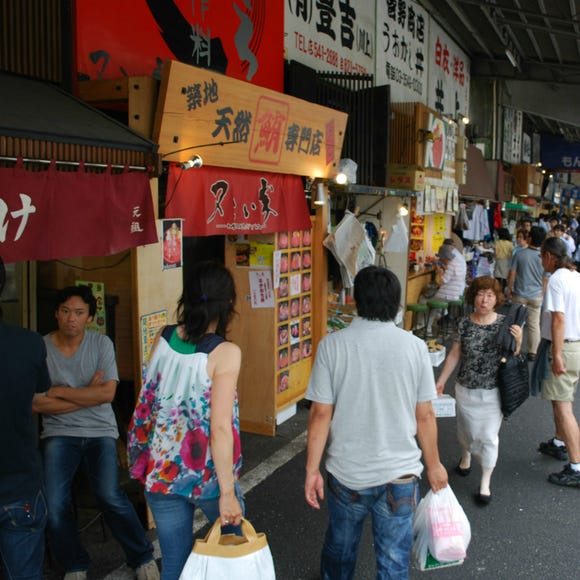
Tsukiji Outer Market
Old Towns (Shitamachi)
Tsukiji
-
Appealing
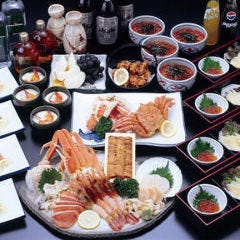
Rukku and Uohei
Izakaya
Sapporo / Chitose
-
Menu

ISHIDAYA Hanare
Yakiniku
Kobe, Sannomiya, Kitano
-
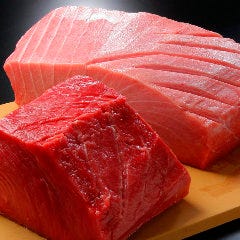
Kamesushi Sohonten
Sushi
Umeda, Osaka Station, Kitashinchi
-

Professional Photos Even Beginners Can Shoot! 10 Tips for Taking Stunning Cherry Blossom Photos
-

12 Unique & Fun Tokyo Food Tours to Enjoy in 2024
-

Where to Eat in Shibuya: 14 Must-Try Restaurants for Yakiniku, Sushi, Izakayas, Cafes and More
-

Step Into the Story: Inside Immersive Fort Tokyo
-

Where to Eat in Yokohama: 10 Must-Try Restaurants for Yakiniku, Izakayas, Unique Dining & More
-

The CASIO S100: How CASIO's Masterpiece Calculator Redefines Business Elegance With Japan-Made Reliability
-
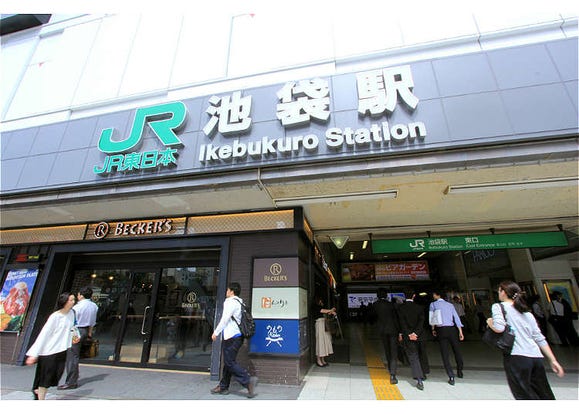
Essential Tokyo: The Complete Guide to Ikebukuro Station
-
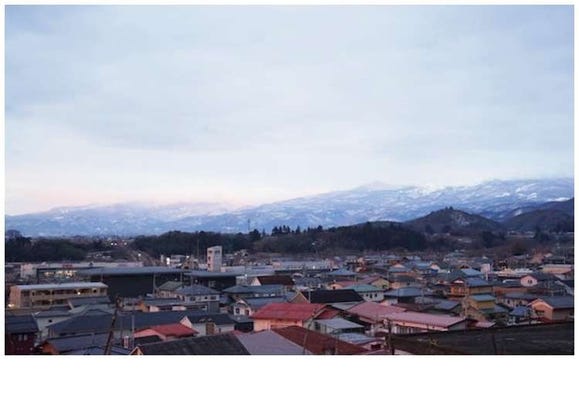
Iizaka Onsen Guide: Japan's Gorgeous Hidden Hot Springs Town! (Access, Things to Do, Ryokan)
-
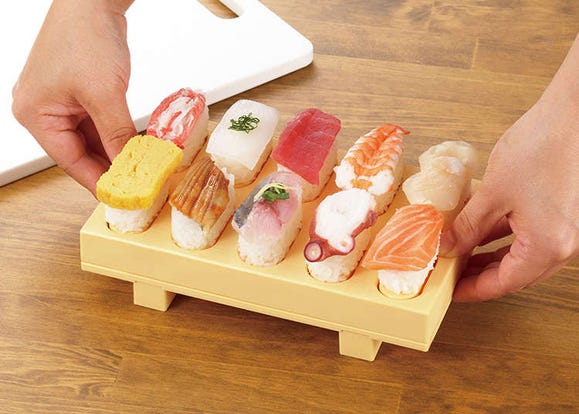
Must-Buy Souvenirs: Contemporary Culture Edition
-

Hokkaido's ROYCE' Cacao & Chocolate Town: Fun Factory Tour & Chocolate Making Experience
-
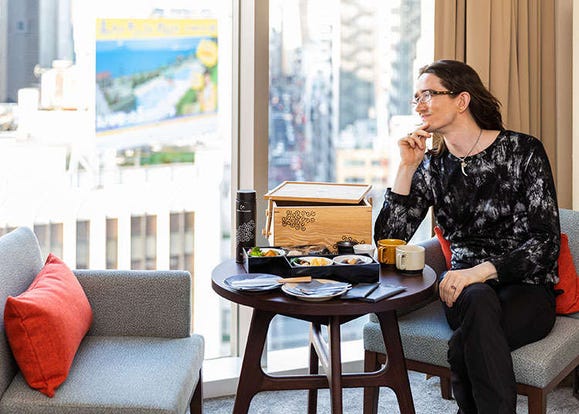
Let ‘karaksa hotel premier Tokyo Ginza’ Be Your Passport to Stylish Ginza Sightseeing!
-
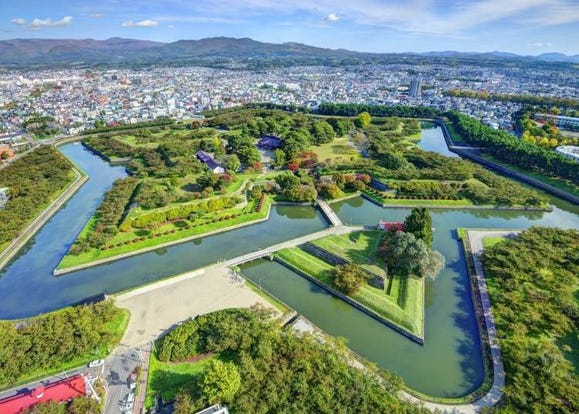
Hakodate 2-Day Itinerary for Exploring Japan's Foodie North!
- #best sushi japan
- #what to do in odaiba
- #what to bring to japan
- #new years in tokyo
- #best ramen japan
- #what to buy in ameyoko
- #japanese nail trends
- #things to do japan
- #onsen tattoo friendly tokyo
- #daiso
- #best coffee japan
- #best japanese soft drinks
- #best yakiniku japan
- #japanese fashion culture
- #japanese convenience store snacks












